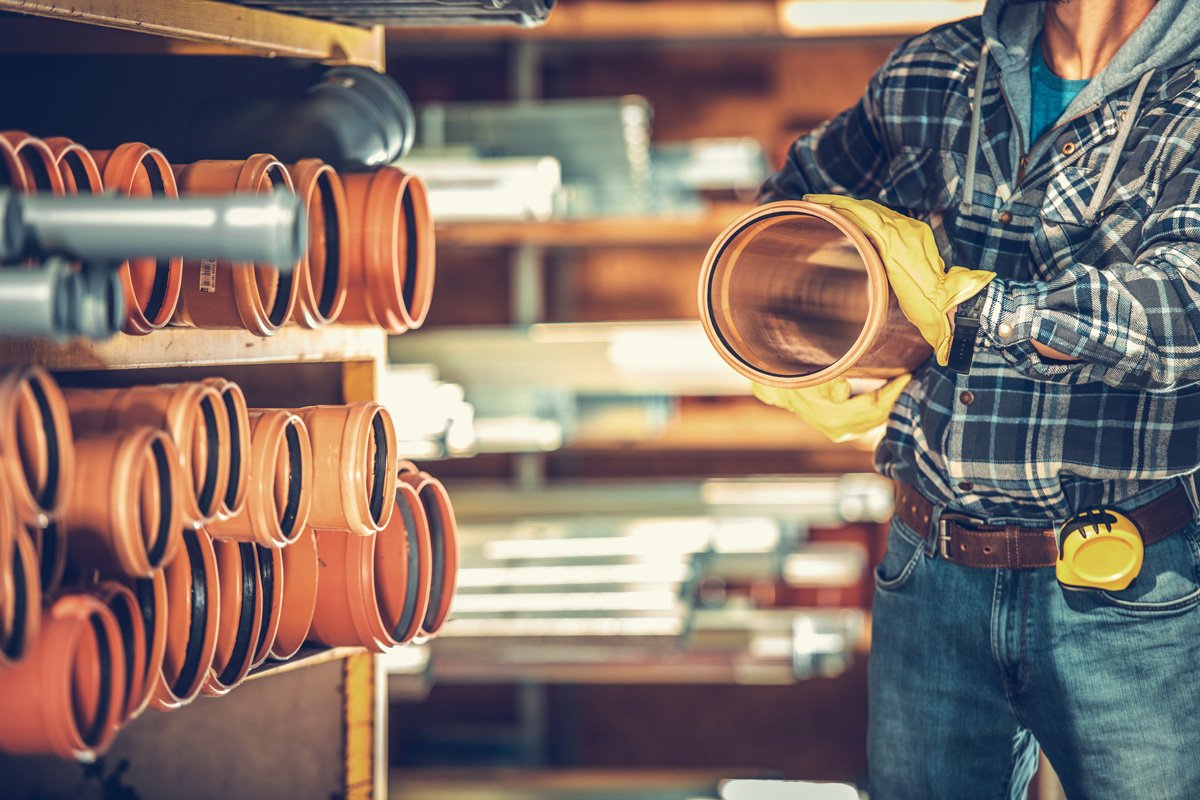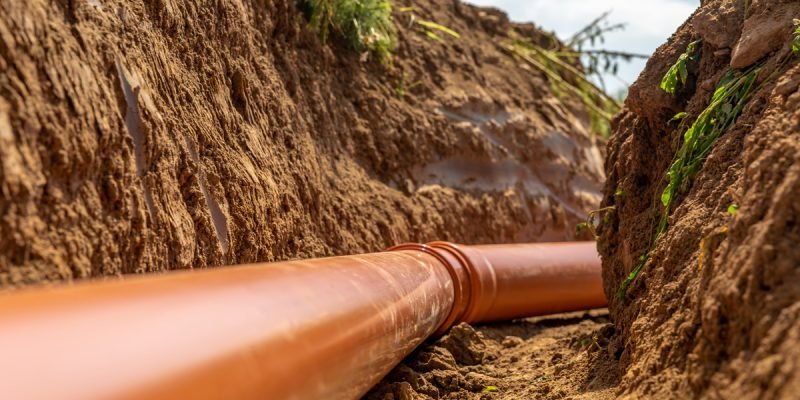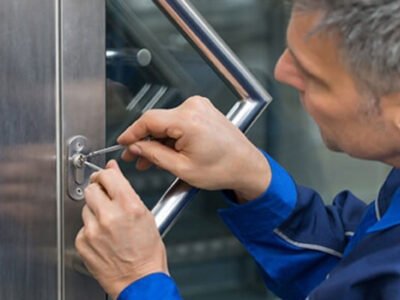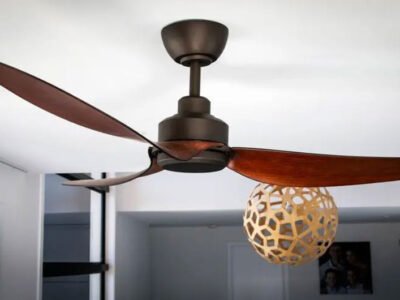When it comes to home improvements, there are ones that you can see out in the open and there are ones that are hidden in the walls or underground. So, it’s understandable why some prioritize repairing cosmetic problems rather than structural issues. This is why some people could miss severe structural issues, like plumbing and sewer pipe issues.
What is CIPP Pipelining For Sewer Pipes?
Cured-in-place pipelining (CIPP) is one of the ways sewer pipes can be repaired. It’s a practical way to repair damaged sewer lines without having to dig out your lawns.
To put it simply, the lining is soaked in an epoxy mixture with the help of a CIPP vacuum system. Then, the lining is run through the sewer lines, inflated, and cured in place. If done correctly, the newly lined pipes could work like it’s as good as new.

What Is The Lifespan Of CIPP Pipelining?
CIPP pipelining is popular because it’s trenchless, but it’s also because of how it can almost renew your sewer pipe’s lifespan. If expertly done with quality materials, your newly lined pipes could last for 50 years.
But it’ll depend on the contractors you choose to hire. Each one will offer a different warranty and conditions. For instance, some will provide regular inspections after the CIPP pipelining process is done to ensure there are no issues.
What Are The Other Benefits Of CIPP Pipelining?
Aside from being a long-term solution for sewer pipe problems and being a trenchless process, CIPP pipelining has other benefits, too, like the following:
- Safer
- A fast process
- More affordable than pipe replacements
- Eco-friendly
- Allows your pipes to work better
For sellers, it might be a good idea to make the property attractive to the market. This is why home improvement options that are affordable, effective, and will do the least damage are sensible choices.
What Are The Disadvantages Of CIPP Pipelining?
Like any process, CIPP pipelining has some imperfections and flaws. Knowing both sides of the coin is one way you can make sure that you’re picking the right solution for your plumbing problems.
Below are some disadvantages to CIPP pipelining:
- Curing the lining might take one to 30 hours
- Liners will have to be made for uncommon pipe sizes
- Laterals cannot be lined
- Bends in the pipes will take extra care to line
How Often Should You Look Out For Sewer Pipe Problems?
As a homeowner, it might be helpful to do perform maintenance or a complete look-over on your entire property. This will allow you to spot any growing problems and get to them before they worsen. But with sewer pipes, it might be a different situation because it’s not something you can directly see.
This is why being observant of plumbing issues, big or small, matters. Being vigilant and sensitive to the pipes in your home could help you get to the problems earlier before it worsens.
What Are The Signs Of Sewer Pipe Issues?
Since sewer lines run underground, you won’t be able to see the damage firsthand. So, it might be necessary to look for other signs. Thankfully, the sewer lines connect to other piping in your home. Because of this, it’s possible to see signs of sewer pipe problem, like the following:
- Clogged or slow drainage
- Sewage backup and blockage
- Sewer smells
- Water damage
- Mold growth
- Foundation cracks
- Yard pooling with sewage water
- Healthy grass growth or grass patches
- Sinking spots in the yard
- Insect and rodent problems
Some of these might be subtle problems that could be brushed aside. For example, you might think that a plunger could solve a gurgling toilet. But the issue may be due to sewage.
What Causes Sewer Pipe Damage?
But why do sewer pipes get damaged in the first place? It might be strange to think that lines that run underground would be damaged. But they’re just as susceptible to degradation, or even more, depending on the circumstances.
Here are some of the things that could damage sewer pipes:
- Tree roots
- Earthquakes
- Grease in the water
- Sagging soil
- Debris in the water
- Blockage
- Unmaintained pipes
These are only some of the possible causes, but there are other possibilities, too. But the leading cause to look out for is probably time. The older the pipe systems are, the more worn out or damaged they could become.
Conclusion
CIPP pipe lining is one of the most popular ways sewer pipes could be repaired. Being effective and having several benefits, it’s easy to see why many homeowners prefer this over full pipe replacements. But even if it’s an excellent method, asking professional plumbing companies like Hy-Pro Plumbing & Drain Cleaning will be the best way for you to know how to handle any plumbing problem, not just sewer-related ones.


















Comments